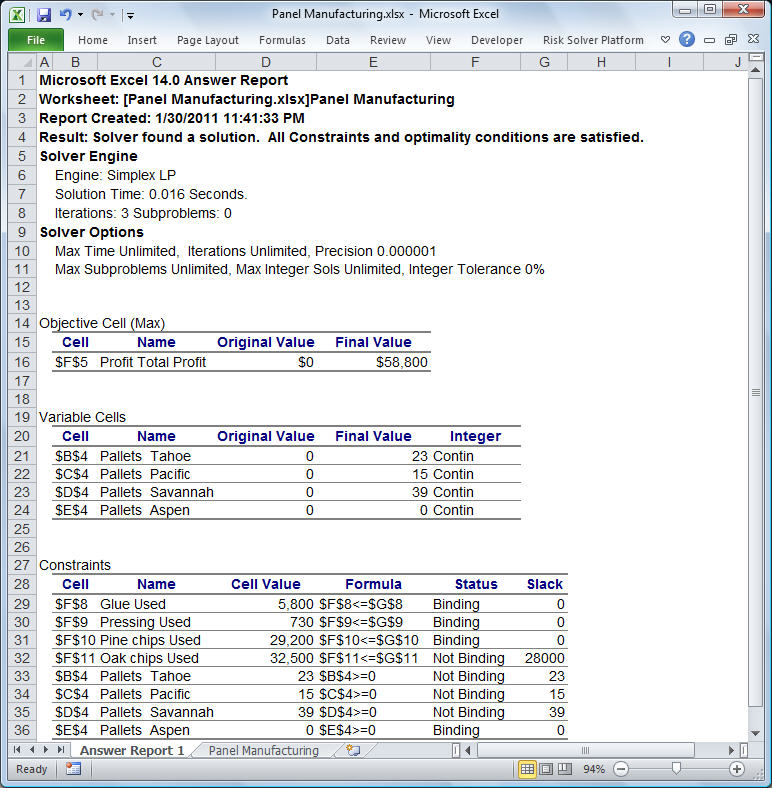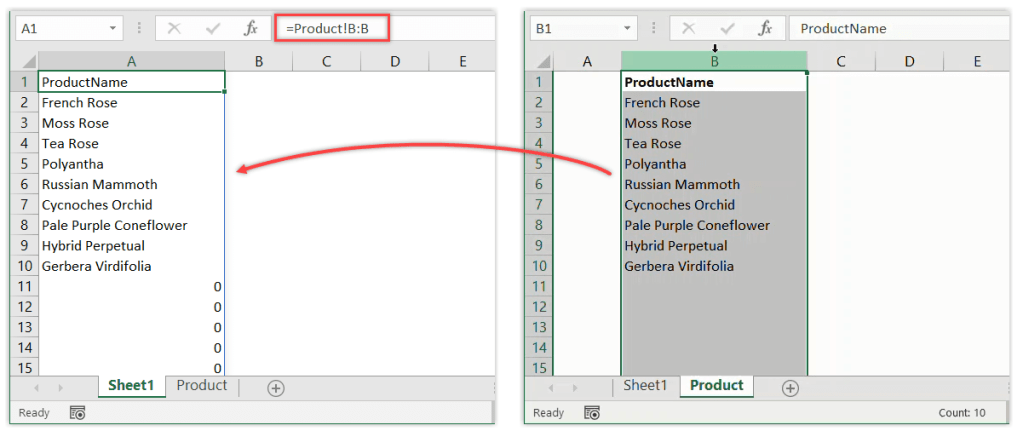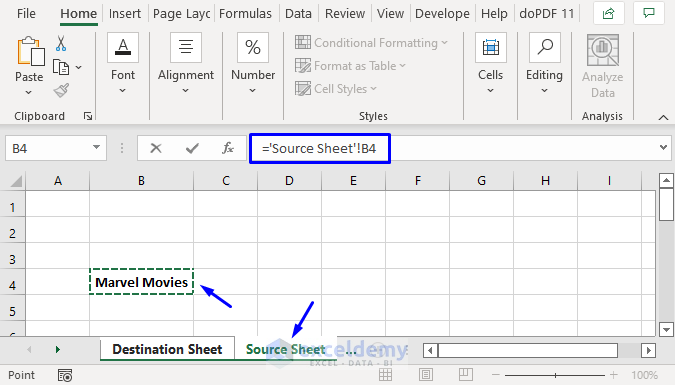5 Ways to Link Excel Sheets Using Solver

Using Solver for Efficient Excel Sheet Linking

Excel's Solver tool is incredibly powerful for financial analysts, data scientists, and anyone who needs to optimize complex models. One of the often-overlooked capabilities of Solver is its ability to link multiple Excel sheets, allowing for dynamic analysis and efficient workflow management. This blog post explores five distinct methods to link Excel sheets using Solver, each designed to optimize your data handling and analytical processes.
1. Setting Up Sheets for Solver Linkage

The first step in utilizing Solver to link Excel sheets involves preparing your workbooks. Here's how to set up your sheets for effective Solver use:
- Create a Main Sheet: Designate one sheet as your main or control panel where inputs, outputs, and Solver solutions will be displayed.
- Model Sheets: Organize data for different scenarios, models, or time frames in separate sheets. Each should contain variables that Solver will manipulate or reference.
- Named Ranges: Use named ranges to make your formulas clearer and easier to manage. This is crucial for Solver to recognize and interact with data across different sheets.
2. Data Collection and Variable Definition

To ensure Solver effectively links sheets, you need to properly define variables:
- Collect Data: Gather all necessary data into their respective sheets. Ensure data integrity and consistency.
- Define Variables: Name your variables consistently across sheets. This can include:
- Decision Variables: Those Solver will change.
- Constraints: Limiting conditions or boundaries.
- Objective Function: The formula Solver will optimize.
✅ Note: Solver's ability to link sheets depends on the consistency of variable names. Inconsistencies can lead to errors or unintended results.
3. Creating Solver Models

Once your data and variables are set:
- Set Up Solver in Each Model Sheet: Configure Solver in individual sheets with the variables and constraints specific to that model.
- Link to the Main Sheet: Use cell references or named ranges to link variables and constraints from the model sheets back to the main control sheet.
Here's an example of how you might set up Solver:
By Changing Cells: $Sheet2!$A$1:$A$10
Subject to Constraints: $Sheet2!$C$1:$C$10 = $Sheet1!$A$1:$A$10
This links the decision variables in Sheet2 to constraints in Sheet1.
4. Dynamic Linking with Solver

To dynamically link sheets with Solver:
- Use Cell References: Instead of static values, Solver can reference cells from other sheets, enabling live updates as Solver runs.
- Array Formulas: Utilize array formulas for efficient variable linkage across sheets.
Here's how you can dynamically link variables:
By Changing Cells: $Sheet1!A1:A10
Subject to Constraints: $Sheet1!A1:A10 <= $Sheet2!A1:A10
This setup allows Solver to modify variables in Sheet1 while considering constraints from Sheet2.
5. Managing Solver Models with VBA

For complex models involving multiple linked sheets, VBA scripting can automate Solver execution:
- Automate Solver Runs: Write VBA code to run Solver models, particularly when linking results from one sheet to another.
- Data Transfer: Use VBA to update variables or results across sheets before or after Solver runs.
Here's a simple VBA snippet to run Solver:
Sub RunSolver()
With Solver
.SetObjective Sheet1.Range("B1")
.ChangeCell Sheet2.Range("A1:A10")
.Solve
End With
End Sub
⚠️ Note: VBA is powerful but requires careful scripting to prevent errors, especially when handling inter-sheet data links.
In summary, linking Excel sheets using Solver is a technique that can significantly enhance your analytical capabilities. By setting up sheets thoughtfully, defining variables consistently, creating Solver models in each relevant sheet, and using dynamic linking or VBA for complex scenarios, you can harness the full power of Solver for data optimization. These methods not only streamline your workflow but also allow for a more sophisticated analysis across multiple dimensions of your data, making your decision-making process more data-driven and robust.
Can Solver link multiple sheets automatically?

+
Solver itself does not have an automatic linking feature, but you can set up Solver models on multiple sheets and link them manually or use VBA to automate the process.
What happens if my variables are inconsistent across sheets?

+
Inconsistency in variable names or ranges can lead to Solver errors or unintended solutions. Ensure consistency to avoid these issues.
How can I manage multiple Solver models?

+
You can manage multiple Solver models by setting up separate models on different sheets and linking them back to a central sheet for control or by using VBA to automate Solver runs across sheets.